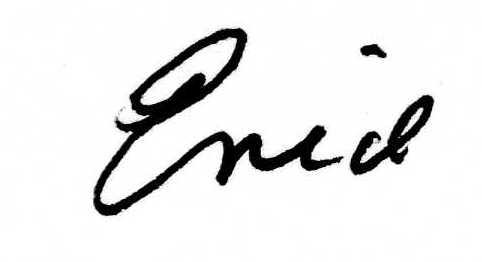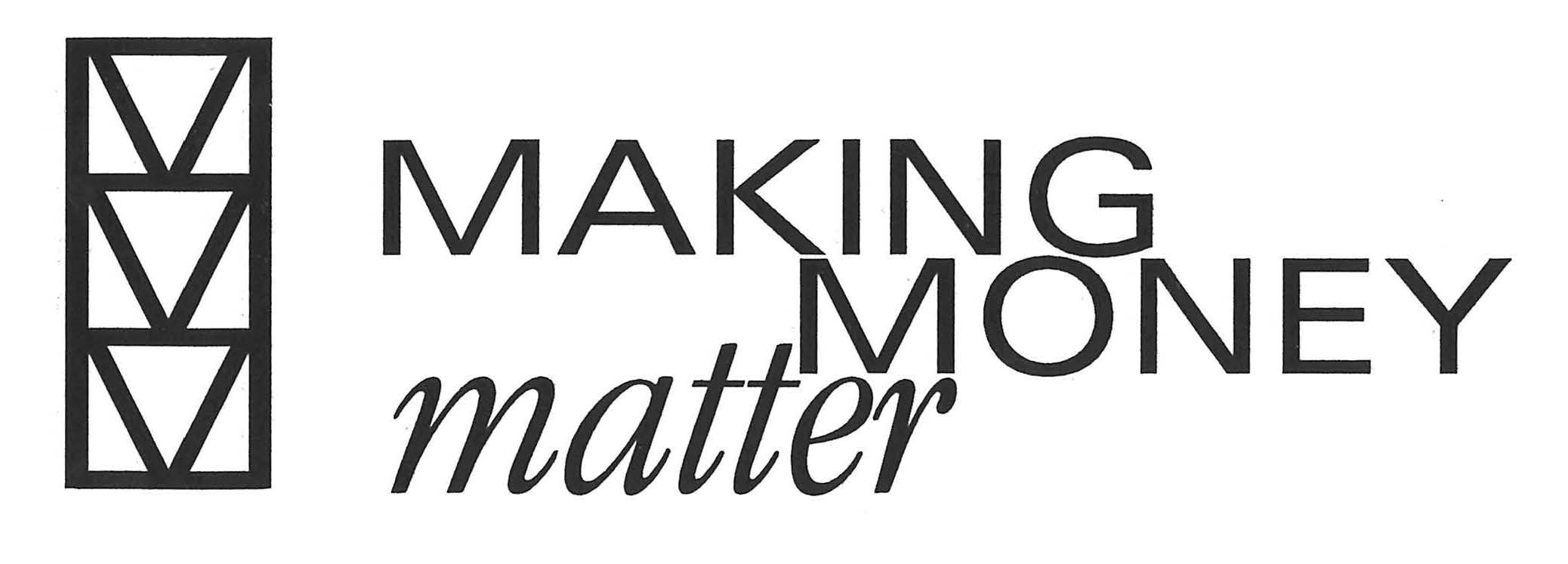It might begin with a big birthday.
It might happen when making a memorial gift.
It might ignite with the start of or the sale of a business.
There will be a twinge, a fleeting idea, or maybe just the urge to increase your annual gift to keep up with inflation.
Whatever it is, it could be the start of something big.
Consider two such examples:
Once upon a time there was a high school kid who got a big college scholarship. It changed his life. Instead of going to the city school nearby, he left home and went away to college. He studied hard and did really well. One of his professors took an interest in him and suggested that he go to graduate school. So he did.
For many years he made annual gifts to his alma mater prompted by student callers in the fall. Occasionally they would call again for special projects, but he did his giving once a year. Period.
Years later, he went to a fraternity reunion and reconnected with old friends who were very successful. Not long afterwards when he got the annual call he increased his gift and designated it to the department where the professor was still teaching.
Then, several things happened:
The professor was retiring. It was exactly 50 years since the student had taken his class, and the student, now quite successful himself, had just finished his wealth management plan and nearly completed his estate plan.
Lo and behold, he decided to “do something” to honor the professor who “changed his life.”
The thinking process continued as follows:
“I’ll make a bigger contribution this year.
Actually, I could make it this year and next year too.
Wait, what if I pledged to do it for 5 years?
And, I could make a bequest as part of my estate plan.
What if I do both and create an endowment fund in his name?
What if I invite other students of his that I know to join me?
What if I sign a letter and have the University’s development office send it to all of the thousands of students who have taken his classes over the 50 years.
So it was considered, so it was done.
And that’s how he became a philanthropist. He was now giving with passion and purpose. His motivation? Expressing gratitude. His mechanism? Giving now, giving later, and leveraging his giving by inviting others to join him.
Another story:
A young woman has entrepreneurship in her blood. She takes the plunge and decides she wants to start her own company. As a so-called Millennial, she cares about the environment and about social justice. Her new technology combines the two.
Through social media, she seed funds her first trip to Africa, working with an NGO. Her technology is tested, found to work, and she returns to develop her business plan, aspiring to become a B corp (a certified benefit corporation that meets “rigorous standards of social and environmental performance, accountability and transparency.”) She also pledges to be part of the growing culture of giving among entrepreneurs who, she has learned, give on average more than double their peers.
She sets up her business to have a significant charitable component to support micro grants to African women and to build schools for young girls. She cares out a percentage of her founder’s stock and commits to designating 5% of net profits for charitable purposes. Personally, from her new found wealth, she is an impact investor.
What do these stories have in common? The donors’ motivations are different and the mechanisms are different but they both tap into passionate philanthropy.
Are you ready for the trigger that will make you a philanthropist?
What’s your passion? What do care deeply enough about that would motivate you to give more meaningfully than you do now?
If money were no object, what problem would you want to solve? What injustice would you want to remedy? What would you want to preserve and protect for the future?
Asking yourself these kinds of questions requires a deep dive into who you are and what defines you as a person. The answers are values-based and may take some time to discern. It’s about taking stock and uncovering what is real and true. What feeds your soul.
What is the source of your gratitude? What addresses your fear or pain?
That passion will lead you to want to give more. Then it is only a matter of figuring out how and how much and to whom.
Enid Ablowitz, CFRE, CSPG, is a veteran advancement professional, author and consultant who is dedicated to educating and guiding donors and non-profit organizations on the art and science of strategic philanthropy.
Originally published by the Boulder Daily Camera on October 17, 2015
‘Til next time — Give Well, Give for Good.


